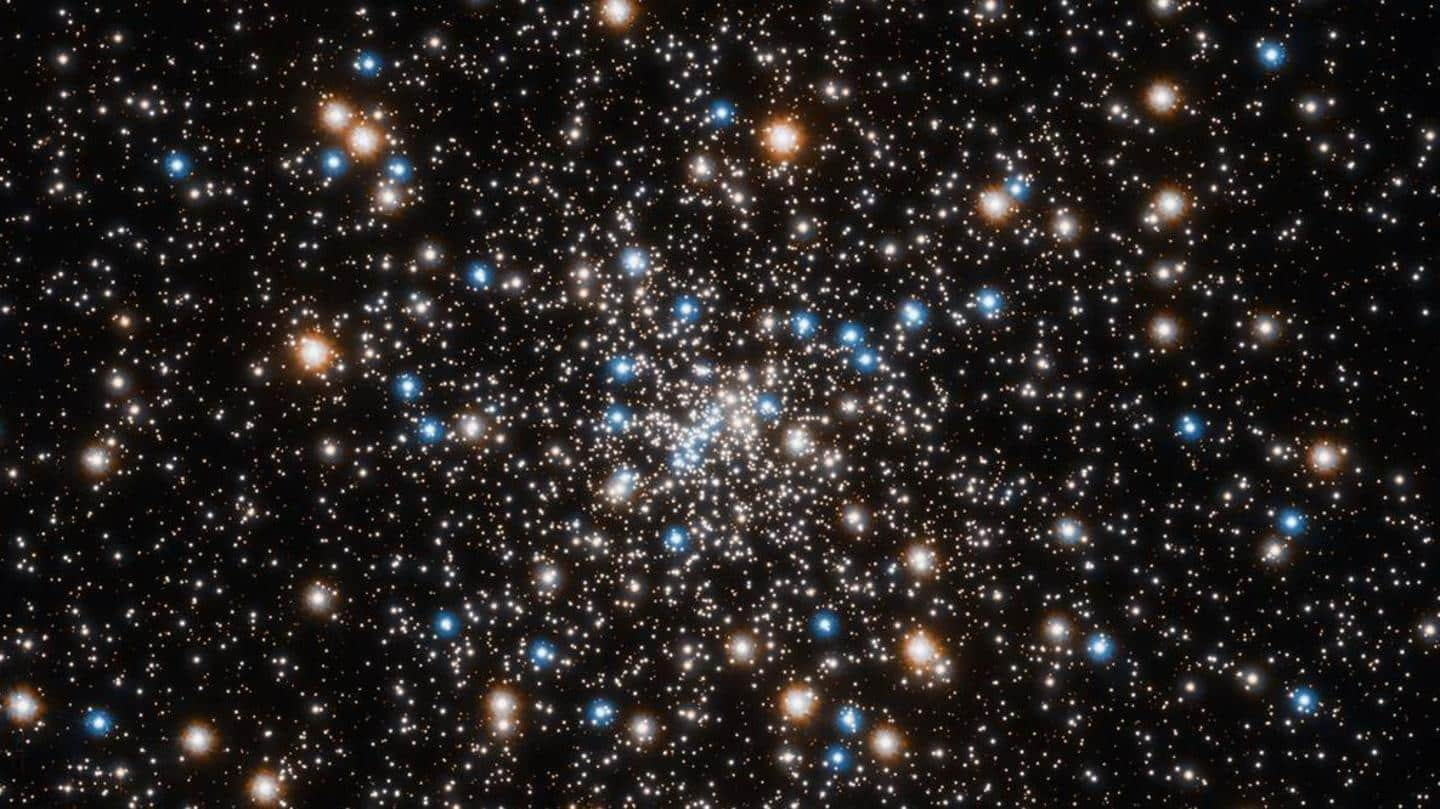
Astronomers seeking giant black hole discover multiple smaller ones instead
What's the story
Two astronomers from the Paris Institute of Astrophysics, who were reportedly searching for a giant black hole in the globular cluster NGC 6397 using NASA's Hubble Space Telescope and Earth-based telescopes, came across something they were not expecting at all.
Instead of a single massive black hole, they found five dozen baby monsters packed in a space barely larger than our own solar system.
About
What is a black hole?
A black hole is an astronomical object with a gravitational pull so strong that not even light can escape it.
Notably, two primary classes of black holes have been observed widely: stellar-mass black holes having masses about five to several tens of our Sun's mass, and supermassive monsters weighing 100,000 to billions. NASA has explained the creation of black holes in detail here.
Findings announced
Data from NASA, ESA indicates invisible mass at cluster's core
Eduardo Vitral and Dr. Gary A Mamon of the Paris Institute of Astrophysics used data from the Hubble Space Telescope and European Space Agency's Gaia spacecraft for the study. On February 11, they reported their findings in the journal Astronomy and Astrophysics.
In a news release from the Space Telescope Science Institute, Vitral said they found evidence of an invisible mass in NGC 6397's core.
Crowded cosmos
The cluster's colliding black holes could be producing gravitational waves
The result is surprising as the aforementioned mass is not point-like. It gave astronomers a detailed look at the dynamics inside one of the most crowded places in a nearby cosmos.
Their work suggests that such clusters are a likely source of gravitational waves that originate from colliding black holes. Such waves were detected by LIGO (pictured) and Virgo antennas recently,
9,114 stars studied
All the cluster's stars could be circling a single point
The cluster NGC 6397 is a cloud of stars that orbits the Milky Way. It is approximately 13 billion years old and contains about 250,000 stars.
Previous studies suggested that this cluster could anchor a black hole weighing 600 times the weight of our sun.
The latest study appraised 9,114 stars, which appeared to be circling a single dark point.
Stars could merge
Research findings fuel fresh debate about intermediate-mass black holes
One of the astronomers noted that the cluster's stars could merge into an intermediate-mass black hole in a few million years. He remarked that astronomers would be lucky to focus on the cluster at the exact moment this brief action was taking place.
On the whole, the findings have sparked fresh debate about the many ways that intermediate-mass black holes could be formed.